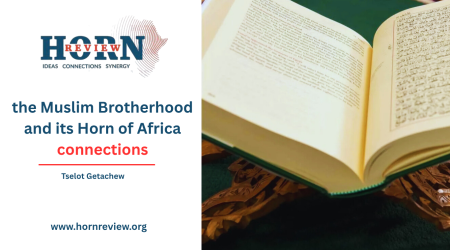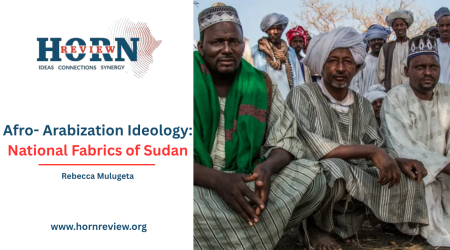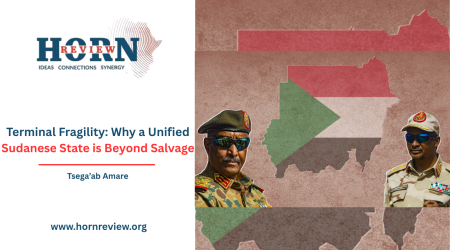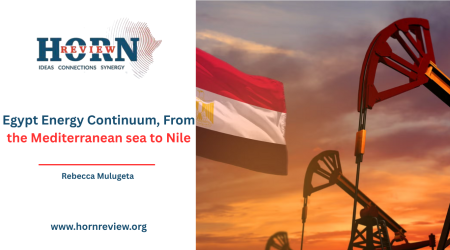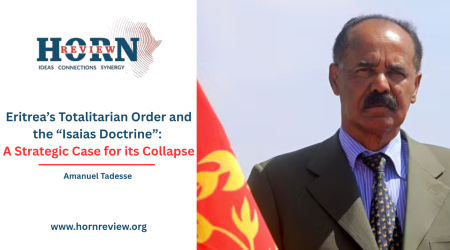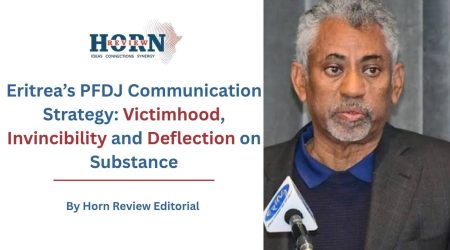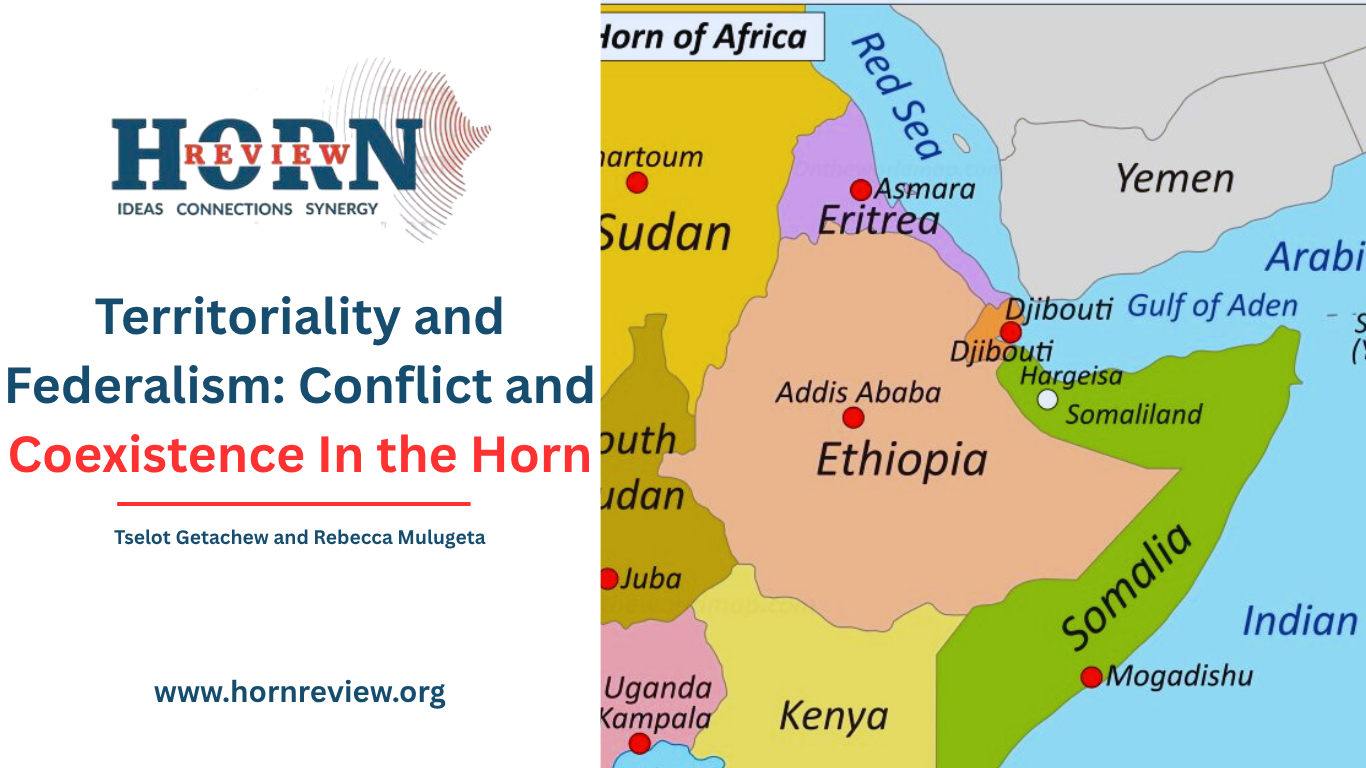
20
Nov
Territoriality and Federalism: Conflict and Coexistence In the Horn
Federalism is a promising model for encompassing diversity, but scholars noted that it is complex in states with linguistic and cultural pluralism. The pressing question is whether ethnic federalism can provide stability and inclusiveness, or does it entrench fragmentation and conflict? While there are some nations like Germany that have been able to stay united by organizing federalism on administrative, not ethnic, lines, the experience raises an important question: does ethnic federalism lead to harmony or reinforce divisions? This analysis is especially relevant in multi-ethnic states where the bordering of ethnic boundaries can be utilized as a strategy of conflict-free coexistence or as a provocation to discord.
Federalism presents genuine challenges for countries with heterogeneous linguistic and cultural divisions, yet at the same time it brings a potential diversity management. Countries like Germany, for instance, preserved national unity after the fall of the Berlin Wall by establishing a federal state on regional instead of ethnic lines. This has brought mixed perspectives on whether ethnic federalism is a curse or a blessing. There are some arguments that ethnic federalism enhances fragmentation in multi-ethnic states by institutionalizing ethnic cleavages, but to others, it is a necessary system of peace and auto-governance. Nigeria with its numerous ethnic groups has practiced diversity through decentralization and a federal system that manages ethnic tensions and provides regional autonomy thus ensuring its territorial integrity (Bizuneh, 2023). However, when federal systems fail to cope with ethnic demarcations properly, states are liable to disintegration.
The roots of ethnic demarcation run deeper than contemporary federalism back to colonial times, when imperial forces arbitrarily drew up ethnic borders in Africa, Asia, and Europe without regard for existing social and cultural affinities. It frequently forced heterogeneous groups to congregate behind one new, artificially imposed border. And the mixture of society with not regarding the existing state of the society being the curse, the Belgain colonial occupation created ethnic identity cards for Hutu and Tusi which we saw the apparent demarcation, ethnic demarcation issue resulted in hate and exclusion and thus resulted in the genocide of 1994 where 800,000 were killed (Gourevitch, 1995).Yugoslavia is also one such good example, post-World War II, it was formed as a socialist federation consisting of six republics along ethnic lines Serbs, Croats, Slovenes, Macedonians, Montenegrins, and Bosnian Muslims. Ethnic nationalism, competition for resources and territory, and demands for autonomy finally materialized as violent conflict and state fragmentation. These global examples now mirror the ongoing tensions seen in Ethiopia’s post-1991 ethnic federal structure and also fuel enduring conflict in the Horn of Africa, as group-level competing claims to resources and territory by groups like the Gumuz, Amhara, and Tigray fuel ongoing conflict.
Ethiopia’s ethnic boundary system was officially put in place in 1991 by the EPRDF government with the liberty provided to regional states and ethnic self-governance. The 1995 constitution legally entrenched it, in particular with the inclusion of Article 39 that grants ethnic groups a constitutional right to secession. This controversial article has been noted to potentially trigger internal struggles and be a burden to the very divided society in terms of the ethnic demarcation. The 2020 Tigray War epitomizes these tensions, with a border war involving Amhara and Tigray provinces and violent clashes such as that of the village of Dewe among the Amhara people. Boundary conflicts are also intensified in other areas in the face of demands for ethnic self-rule.
The ultimate benefit of this ethnic boundary demarcation is to keep Ethiopia’s vast diversity in check by giving them group rights and self-determination. This maneuver is a double edged sword while is indispensable to identity preservation it can also present challenges for peace, security and national synergy. The Horn of Africa is rich in ethnic groups, such as the Afar population spread throughout Somalia, Ethiopia, and Eritrea, or the Somali ethnic group that inhabits Ethiopia, Djibouti, and Somalia. Their shared homelands have perpetuated conflicts in the past and now. Ethnic boundaries in Ethiopia have linked entitlement to resources and political influence with territory and ethnicity, heightening competition and interregional conflict (Human Rights, 2020). For example, land, grazing space, and administrative border conflicts have heightened ethnic tension between the Oromo and Gumuz, and between the Gumuz and Amhara. These tensions have traditionally marginalized and dislocated numerous groups (Mulenesh, 2019). Further, new administrative redefinition like contested changes near Moyale, the Oromia-Somali administrative border, has precipitated protests and opposition.
Ethnic boundaries remain a challenge for stability in the Horn of Africa by evergreen competition for resources and undermining governance in regions where ethnic groups live in common or fluid territories. Unchecked ethnic boundary controversies since the introduction of demarcation, specifically the colonial demarcation have fueled conflicts, such as the Ethiopia-Eritrea border war because of the Badme territory and the loss of strategic ground such as the port of Assab.
Although ethnic demarcation under federalism seeks to empower diverse groups through autonomy and self-administration, it can also lead to consolidating divisions, competition for resources, and conflict when boundaries and power relations are disputed. By centering the federal government the Ethiopian government can solidify its power and control challenges that came from the ethnic configuration federalism. Because the ethnic groups we share with our neighboring countries can be challenged because they will ask to consolidate this ethnic groups to one single state, like the Somalia wants the greater Somalia by integrating the 3 Somalis like this Djibouti may want to consolidate the afar region as single under Djibouti the sharing of this ethnic groups can be very challenging if not the government centralized it power. The experience of Ethiopia and the Horn of Africa reveals the tightrope walk between observing ethnic identities and preserving national unity.
By Tselot Getachew and Rebecca Mulugeta, Researchers, Horn Review
References
- Bizunesh. Yimenu. (2024). Federalism and State Restructuring in Africa: A Comparative Analysis of Origins, Rationales and Challenges, The Journal of Federalism, Volume 54, Issue 1, Page 6-33, https://doi.org/10.1093/publius/pjad015
- Human Rights. (2019). Ethnic Conflict Under Ethnic Federalism. Accord.
- Philip Gourevitch. (1995). After The Genocide. Transition, 72, 162-194. https.//doi.org/10.2307/2935367.
- Mulunesh Dessie Admassu. (2019). Causes of Ethnic Conflict in Ethiopia on Development. Journal of Sustainable Development in Africa. Volume.21, Issue.3, Page: 64-79.

